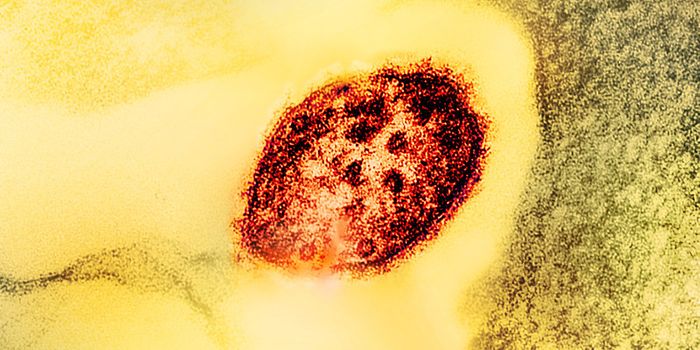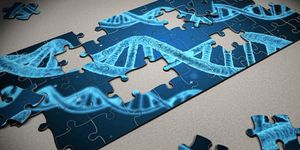A Blood Test Could Detect Cancer Before a CT Scan or MRI
As cancer cells grow and divide, their DNA is released into the bloodstream. This DNA, called ctDNA (circulating tumor DNA), has genetic differences that distinguish it from human DNA. Though the concentration of these tumor cells in the bloodstream is extremely low, these cells can be detected in the plasma of cancer patients after the DNA is extracted out and sequenced.
Most studies using this technology (referred to as a liquid biopsy or blood biopsy) have been done on advanced cancers. One use of the technology is in determining whether a treatment is working by providing an indication of how many cancer cells are circulating in the body. As the detectable number of cancer cells decreases, a clinician can infer that treatment is successful and the tumor is shrinking. If there are no detectable cancer cells, this may mean that the patient is in remission.
Blood biopsy technology can also be used to sequence mutations in a patient’s tumor to determine whether specific therapies could be effective. Since sequencing DNA is difficult at the low concentration that circulating tumor DNA exists in, this application of the technology is still far off. As sequencing technology improves and research in this area advances, scientists expect this to be a more viable and cost-effective option.
This technology has not yet been approved for early cancer detection in patients who have not formerly been diagnosed with cancer. However, this powerful technology has the potential to pick up on the presence of cancer at an earlier stage than what imaging such as CT scans and MRIs are capable of as more research is completed and its utility expands.
Though this technology is still in early development, it may be used to detect early recurrences in cancer patients, guide clinicians in identifying possible treatments, and even detect cancer early in patients who have not been previously diagnosed.
Sources : Journal of Clinical Oncology, The Journal of Pathology








